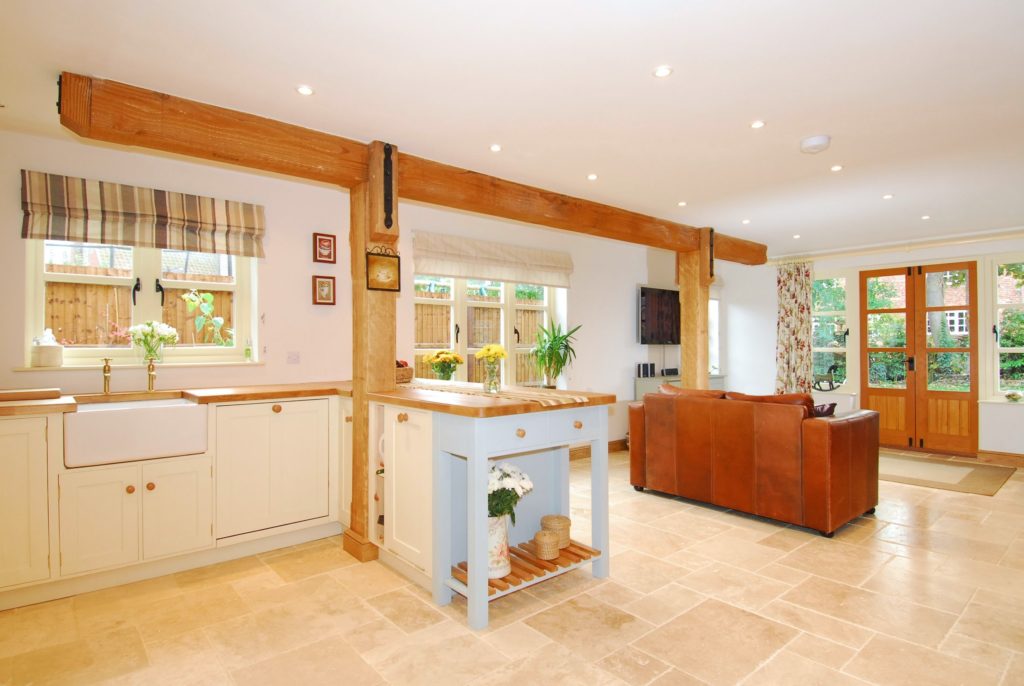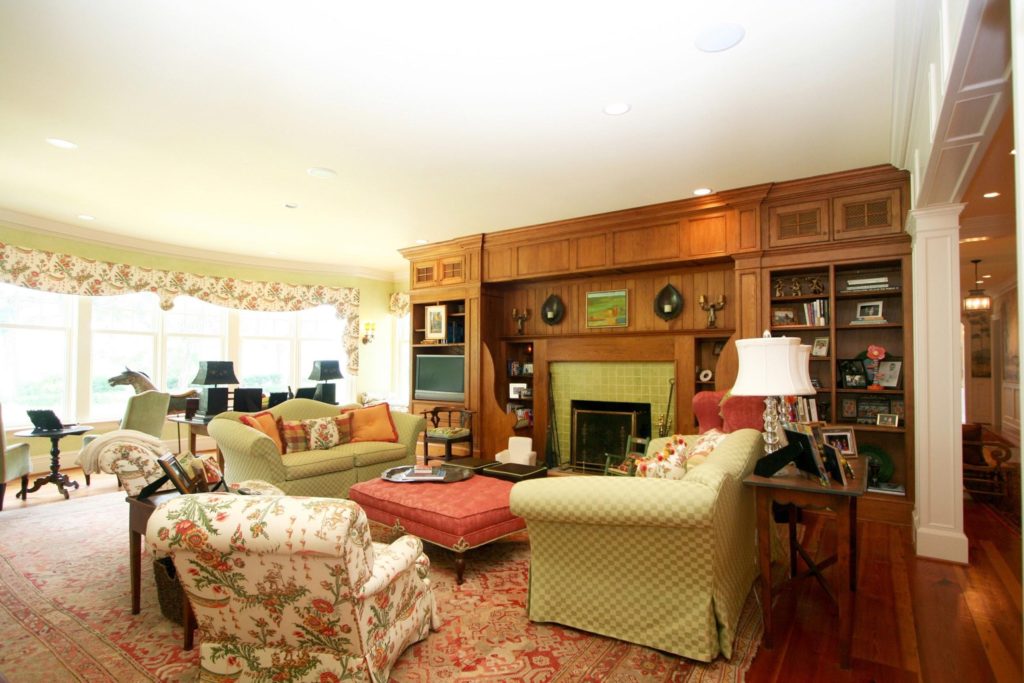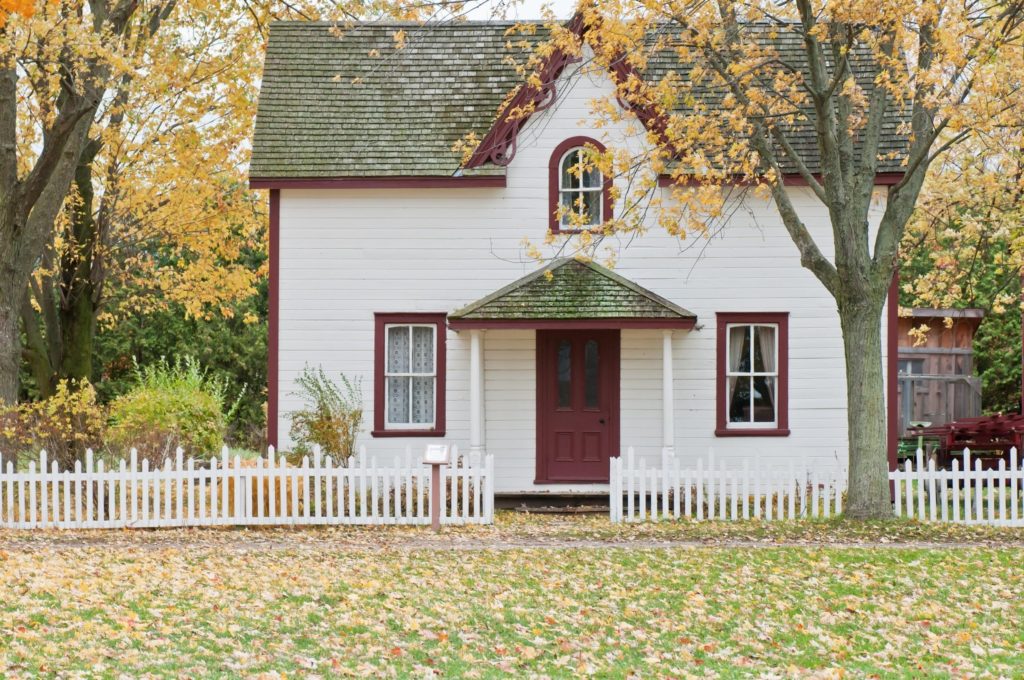
Timber frame housing has been around for a long, long time as far as in the 1800’s. There are a lot of advantages of using timber framing for your dream home. Apart from practicality, it also adds to the aesthetic value of the property.
Concrete and steel construction is what a lot of people prefer, but timber compares favorably in several areas today.
Wood construction is soothing to the eyes and mind while maintaining a pleasant temperature inside.
Timber frame homes are also electrostatically inert which means even more tangible health benefits when using wood to make a home.
Let’s go ahead and take a closer look at why you should invest in a timber frame home.
Timber Frame Housing – Superior And Aesthetically Pleasing
While earlier other construction methods were clearly superior to timber framing, advancing tech and knowledge about timber have led to it closing the gap. Timber framing has seen enough improvement to be considered commercially viable instead of just residential buildings. Top timber framing companies have also allayed fears about structural integrity with modern building techniques.
Believe it or not, the tallest timber frame building is the Tall Wood Residence in Canada which is a whopping 18 stories in height. While this is no comparison to heights using other methods, for the average homeowner, this dispels any myths about lack of structural integrity when using timber for construction. Here’s why a timber frame house should be something you should aspire to.
5 Reasons why you should opt for timber frame housing
Higher structural integrity
Contrary to popular belief, timber does have a higher structural efficiency than concrete and steel construction. Timber used in construction also has a higher load per unit weight when compared to other forms of construction. A stud made of timber used in construction has equivalent compressive strength to concrete. Moreover, there are treated varieties of timber available that further enhance the natural strength of the material.
Quality Aesthetics and Design

A timber frame house offers more flexibility to the designers than concrete without any compromise on structural integrity. Tall and strong timber pillars take the whole load of the floor, so there is no requirement for load-bearing walls. This opens the door (no pun intended!) to several design possibilities like cathedral ceilings and other unique ideas. Also, wood offers a much more pleasing living environment than concrete – a well-done timber frame house is a sight to behold and wonderful to live in.
Lower costs
Opting for timber as material for construction can save you up to 20% when compared to traditional construction methods depending on the type of building. Timber frame construction offers you the same properties and better aesthetic value for a much lower price.
Better for the environment
Because of the inherent ability of a wooden structure to better regulate temperature, you spend much less on heating/cooling costs. This is especially true when you consider timber frame homes paired with structural insulated panels or SIPs. People living in timber frame homes see marked improvements in their energy and utility bills over time. Most building materials are manufactured with significant duress to the environment, but wood is grown naturally and is a perfect zero carbon footprint product which is renewable.
Other practical reasons
There are several practical reasons to opt for timber frame housing as well. For starters, it maintains the relative humidity a lot better than concrete structures. It offers much better insulation against hot and cold weather. Timber frame homes are also acoustically sound which means that you can eliminate irksome echoes without adding much at all to the décor. It has minimal drying out period when compared to concrete which means less turnaround time. The building process is much more predictable and not affected as badly by inclement weather.
Summing it up
With improved techniques and technology in this area, timber frame homes currently offer a lot more to the homeowner than several years ago. There are several practical reasons to opt for timber home whereas earlier it was only aesthetics. If you want a dependable and aesthetic timber home customized to your liking, getting in touch with professional timber frame brands is the way to go. They have several plans to choose from and you can customize them to your liking as well.






